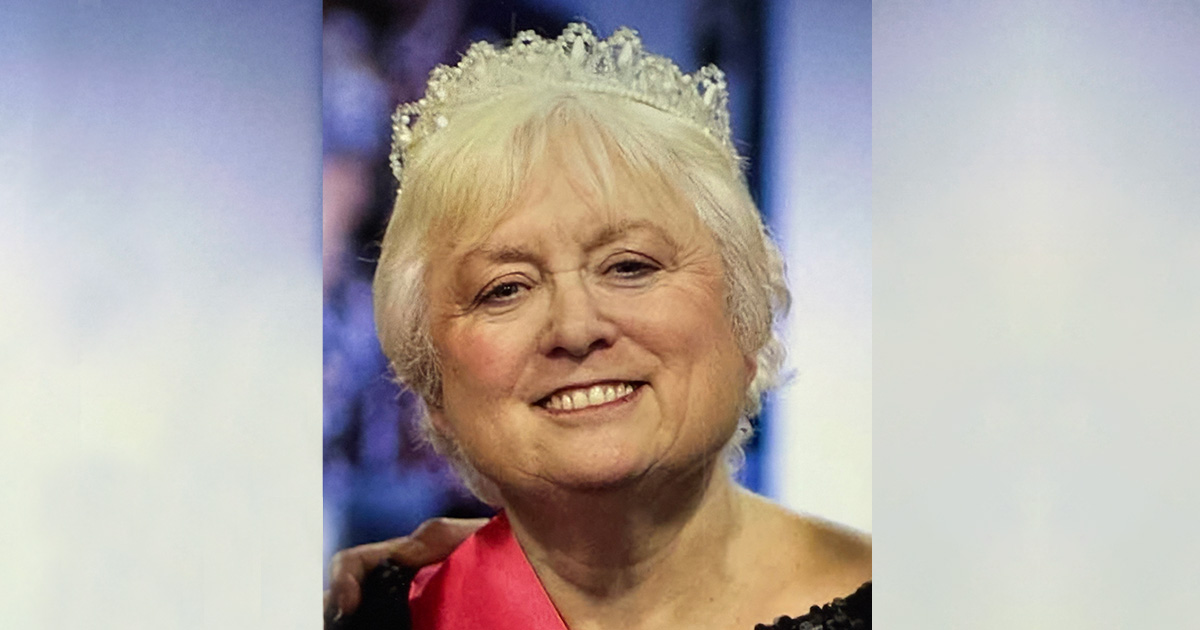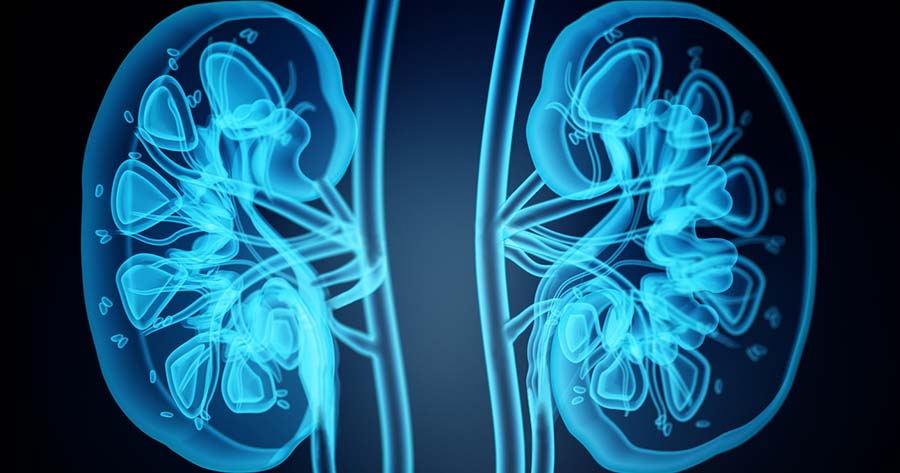When the author and her colleagues started their adult continuous subcutaneous insulin infusion (CSII) service in 2003, there were only two individuals on insulin pumps in the clinic population. Both commenced CSII therapy before NICE’s initial guidelines on this therapy had been published (NICE, 2003). The first individual had been commenced in the USA, and the second had been using a pump for approximately 15 years and was hospital-funded. The author and her colleagues had very little to do with the management of these two people as their experience with insulin pump therapy was limited.
This all changed with the publication of the 2003 NICE guidance which suggested that at least 1–2% of people with type 1 diabetes in the UK should be eligible for insulin pump therapy. At this point in time, the need to develop a specialist CSII service was recognised. Initially, in May 2003, the service comprised a consultant physician, a dietitian and a DSN.
The adult CSII service in its infancy
Suitable individuals for insulin pump therapy were identified by the consultant using the NICE guidelines at the time. The practicalities of the insulin pump were discussed with potential recipients, and a session arranged with the dietitian to discuss carbohydrate counting, and to identify resources to support this (for example, carbohydrate books and tables, and the use of food labels). A time was then arranged for the person with diabetes to have a “saline pump” trial. The diabetes centre was very fortunate to have been provided with two insulin pumps by one of the major devices companies, which facilitated the offering of a CSII service, and also supported the DSN in delivering this service.
The devices company representative discussed all the basic features of the pump with the prospective user (outlined in Box 1), who would then be initiated on saline for 2 weeks. During this time the user would practice carbohydrate counting and pump operation. Following a successful saline trial, insulin would replace the saline. Due to the small numbers of eligible participants and the staff’s relative inexperience of CSII therapy, this session was predominantly led by the devices company representative. Each individual was assessed for the safe use of the device, and the features and operation of the insulin pump were also revisited with them. The user also had the opportunity to review food diaries and carbohydrate-counting skills. This session would last for approximately 3 hours. The user was given a helpline number for the devices company, and could contact the DSN for advice as necessary. They were then followed up in the general diabetes clinic as and when required.
The current service
The service has evolved since its inception, and the centre now manages 32 people with diabetes on CSII therapy. People are normally referred from the general diabetes clinic, community diabetes clinics and from GP practices.
Multidisciplinary approach
The multidisciplinary insulin pump clinic team is comprised of a consultant physician, a DSN and a diabetes specialist dietitian, and is run once a month. The purpose of this clinic is to assess people with diabetes’ suitability for insulin pump therapy, and also to monitor their progress once CSII therapy has been initiated. Retinopathy, HbA1c, thyroid and renal function, cholesterol, and coeliac disease are screened at these monthly clinic appointments. Individuals may be signposted to structured education, particularly for carbohydrate-counting skills, if required.
A nurse-led insulin pump clinic also runs weekly. During appointments at this clinic, an individual who is considering switching to an insulin pump is shown a selection of devices and given relevant information regarding CSII therapy, including websites if relevant. They are advised to go away and educate themselves as much as possible. They are also given the opportunity to meet current insulin pump users. The individual’s current diabetes management is assessed, and education provided if necessary, with an emphasis on optimising glycaemic control and indentifying any barriers to off-target glycaemic control. A continuous glucose monitoring system is often used to assess or identify any problems. Insulin regimens may be changed, as all prospective adult users should be on a multiple daily insulin injection (MDI) regimen with an analogue basal insulin (where appropriate) before trialling CSII therapy (NICE, 2008a). Individuals are also referred to the dietitian for assessment of their carbohydrate counting skills.
The Dose Adjustment for Normal Eating (DAFNE) course has been delivered at the author’s diabetes centre since November 2006. DAFNE could be described as a course designed to facilitate people with diabetes to develop and utilise skills and techniques to optimise glycaemic control through carbohydrate counting and insulin dose adjustment. Since the DAFNE course has been available, attendance has been a pre-requisite for those who are considering insulin pump therapy, as the skills required to manage their diabetes using DAFNE principles and CSII are considered compatible. The DAFNE collaborative are currently planning research to assess the effectiveness of using their principles with CSII therapy (personal communication). However, a number of those undergoing assessment for insulin pump therapy have reconsidered their decision following attendance on the DAFNE course and have decided that insulin pump therapy is not for them.
People who are unable attend the DAFNE course are offered a one-to-one, or group, dietitian- and nurse-led carbohydrate-counting course. These sessions are structured sessions of 1- or 2-hours’ duration over a 4-week period. The course covers identification of carbohydrates, assessment of carbohydrate values, weighing foods, reading food labels, and insulin dose adjustment. Once the individual has undertaken carbohydrate counting and insulin adjustment for optimisation of glycaemic control, they are then given the opportunity to trial an insulin pump with saline. The saline trial is very important, as it is often crucial in deciding whether the prospective user can physically cope with the device and whether it meets their expectations.
A number of individuals have declined CSII therapy following the saline trial for a variety of reasons, including altered body image, inability to operate the device and unrealistic expectations of how it works. Other centres may not offer a saline trial, however, in the author’s experience, users have reported that they feel safer “button pressing”, knowing that they are not actually injecting insulin.
Once a saline trial has been undertaken successfully, the individual is offered an insulin trial. The duration of the trial varies from person to person. This approach has evolved from past experiences of people declining long-term pump therapy, even when a funding bid was successful. Throughout the trial periods, we provide support in the form of telephone contact, nurse appointments and the insulin pump helpline. All the devices companies whose insulin pumps the author’s diabetes centre offers provide support with literature, education and training (for people with diabetes and healthcare professionals).
With regard to funding insulin pump therapy, once the individual has been reassessed in the monthly multidisciplinary clinic and a decision is made to initiate CSII therapy, the process of applying for funding begins. A high-cost purchase requisition is sent to the contracts department of the hospital, who then liaise with the relevant PCT. This process usually takes approximately 3–4 weeks (although the quickest time was 3 hours!). Once funding has been agreed with the PCT, the contracts department contacts the DSN via email with the approval. The insulin pump is then ordered from the relevant company and sent to the user directly. An appointment is then made with the individual for CSII therapy to be initiated permanently. See page 4 for case study examples of individuals who qualified for funding.
Follow-up takes place in the monthly multidisciplinary clinic and the weekly nurse-led clinics after 3 months, 6 months and then on an annual basis. Individuals may be seen in the weekly nurse-led clinic more frequently, depending on their progress. Ideally, people using insulin pump therapy will be empowered to manage their diabetes successfully and, therefore, should not need to be seen too frequently. If users are usually seen in specialist clinics, they are re-booked into them once they are stabilised on CSII therapy.
It is also very important to liaise with other teams such as ophthalmology, renal and obstetric specialist services. NICE guidelines (NICE, 2008a) stipulate that the staff in centres offering an insulin pump service must have the knowledge and skills to do so; therefore, all healthcare professionals who are involved in delivering the service are appropriately upskilled. There are a number of training courses and opportunities available, such as those provided by expert diabetes centres, insulin pump manufacturers and conferences. In-house insulin pump awareness sessions have also been delivered for other members of the diabetes team. Recently, insulin pump therapy has been added to the training for inpatient nurses.
The author’s team is part of the pan-Birmingham insulin pump group, which was set up in 2003. This group consists of a number of DSNs and diabetologists from hospitals in the city, representatives from the local PCTs and representatives from the insulin pump device manufacturers. The aim of the group is to standardise the delivery of insulin pump services across Birmingham. This has involved drawing up joint guidelines, developing databases, developing education for both people with diabetes and healthcare professionals, looking at PCT funding and priorities, and reviewing local and national guidance. The group also offers an opportunity to network with other diabetes specialists managing individuals with diabetes who are on insulin pump therapy. Being part of this group has given the author’s diabetes centre the extra support needed to develop the service.
The future of the insulin pump service
Pickup (2006) envisaged that between 15 and 20% of people with type 1 diabetes will benefit from a trial of CSII therapy. This is a considerable increase on the initial 2003 figures estimated by NICE, but has been reflected in the current guideline, which estimates that up to 15% of adults, and 50% of children under 12 years old, with type 1 diabetes will benefit from insulin pump therapy (NICE, 2008b). This poses considerable challenges in terms of resources, education of staff and how the most cost-effective patient education packages are delivered. Specialist areas that will require additional resources include preconception and antenatal care, and transition of young adults who will have had CSII initiated by the paediatric service. NICE recommends that children started on insulin pump therapy should have a trial of an MDI regimen between the ages of 12 and 18 years old (NICE, 2008a). This may prove to be a challenge, as individuals who are settled on insulin pump therapy may be reluctant to switch to injections.
In the author’s opinion, there will be an increase in the use of insulin pump therapy in the management of glycaemic control in people with type 1 diabetes. The adult service will see more transitioning young adults already using the devices. Most insulin pumps have a 3–5 year warranty, and when the insulin pump fails, the individual has to be reassessed for their suitability to continue. The author can foresee that it will be difficult to refuse or take someone off an insulin pump if they do not fufil the NICE criteria for continued pump therapy; for example, someone may still have a suboptimal HbA1c level, but the pump may have contributed significantly to their quality of life.
Not all of the insulin pump starts have been successful, and in the last 5 years, the team has seen three people stop using their insulin pump. These individuals had all been assessed by the multidisciplinary team and had met the NICE criteria but, ultimately, they had unrealistic expectations of what insulin pump therapy could offer them.
There is no doubt in the author’s mind that insulin pump therapy is here to stay, and will be the domain of secondary care. Money will be well-spent looking at the long-term benefits of this therapy, but we are dependent on PCTs for the funding of insulin pumps and consumables, and, ultimately, our services.





NHS England to allow weight-loss injections for prioritised patient cohorts from late June.
5 Apr 2025